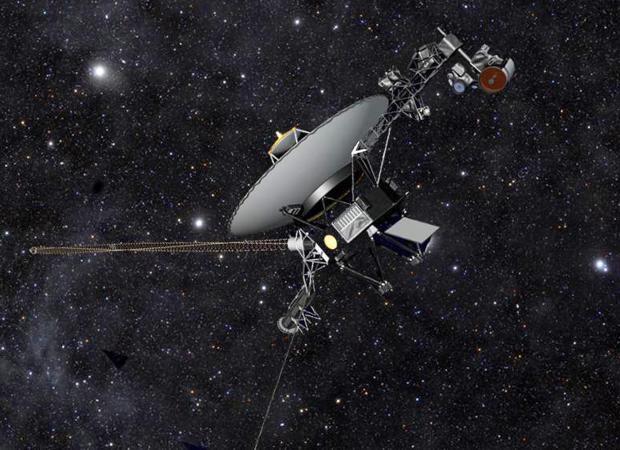Voyager 1 just fired up thrusters that haven’t been used in 37 YEARS
The back-up system will ensure NASA continues receiving data about parts of space no other spacecraft has seen.

IF you tried to start a car after 40 years of it sitting in your garage, you might expect to run into a bit of trouble.
Yet Voyager 1, NASA’s furthest-travelled spacecraft, has just fired up a set of thrusters that haven’t been used for 37 years.
Currently 21 billion kilometres from earth and the only human-made object in interstellar space, Voyager 1 last made use of these thrusters in 1980 when it passed by Saturn.
Now travelling far outside our solar system, and with its primary thrusters on their last legs, NASA decided to conduct a test on its long-rested back-up system.
Sending a series of 10-millisecond pulses to try and orientate the spacecraft, NASA had to wait for 19 hours and 35 minutes to know if it had been successful. To its relief, the trajectory correction thrusters kicked in without a splutter.
“The Voyager team got more excited each time with each milestone in the thruster test,” said Todd Barber, a propulsion engineer at NASA's Jet Propulsion Laboratory (JPL).
“The mood was one of relief, joy and incredulity after witnessing these well-rested thrusters pick up the baton as if no time had passed at all.”
NASA believes this will extend the lifespan of the Voyager 1 for another two or three years, with its power finally expected to deplete sometime in 2020.
Its successor, the Voyager 2, should be there to pick up the slack when it does though. It’s on course to enter interstellar space within the next few years, and the team plan to do a similar test on its back-up thrusters for potential future use.













